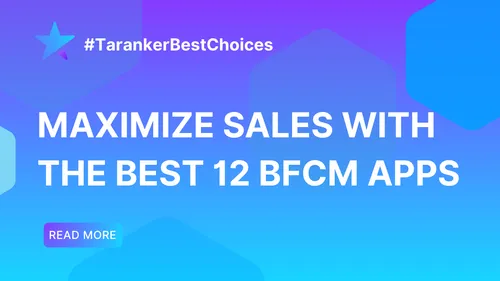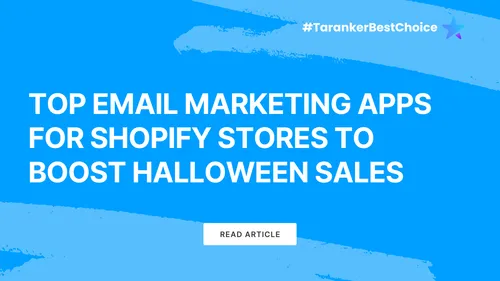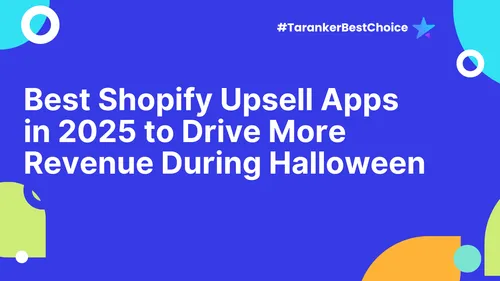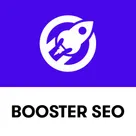In the competitive world of e-commerce, optimizing your Shopify store is essential to attract visitors, enhance user experience, and boost sales. This comprehensive guide will walk you through the fundamental aspects of Shopify optimization, providing actionable insights tailored for e-commerce merchants, especially those utilizing the Shopify platform.
1. Search Engine Optimization (SEO) for Shopify
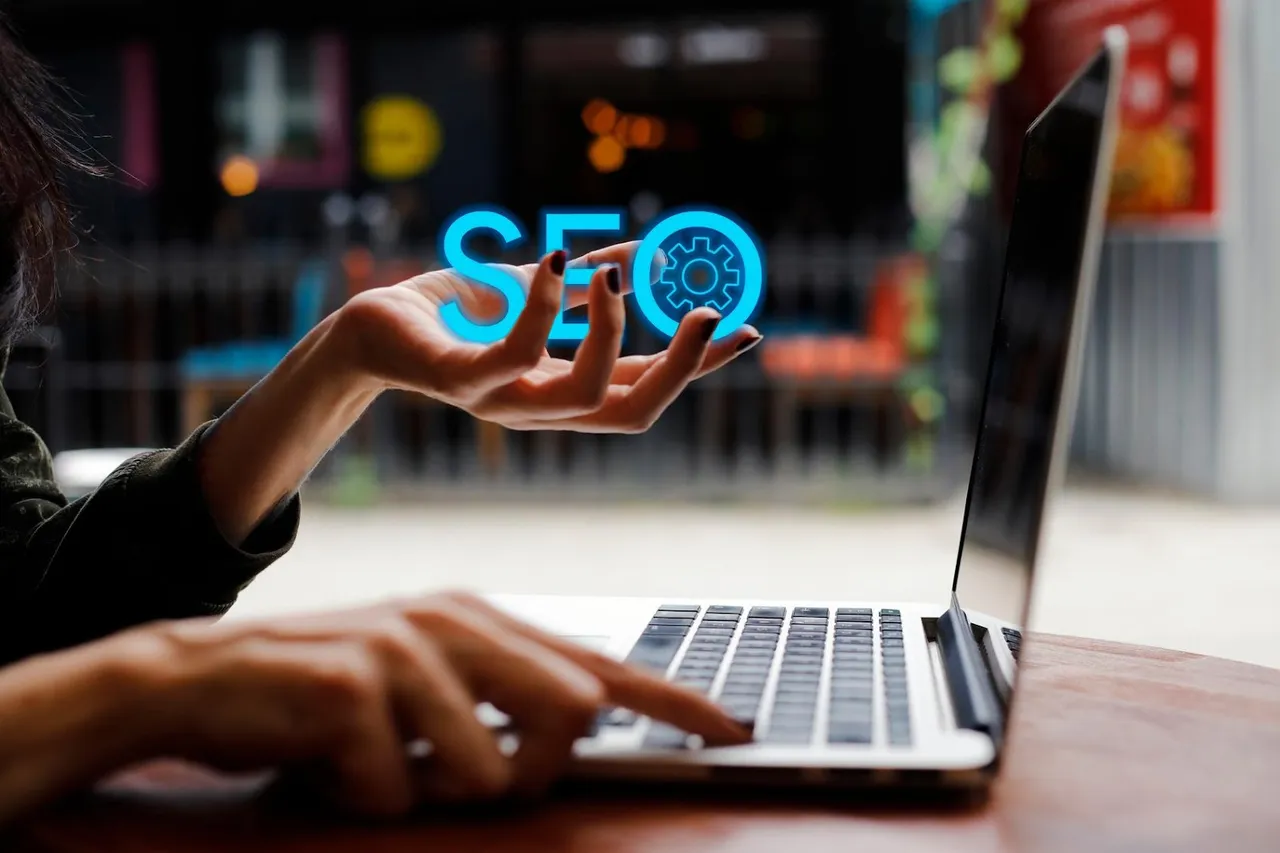
Improving your store's visibility on search engines is crucial for driving organic traffic. Here's how to enhance your Shopify SEO:
-
Keyword Research: Identify relevant keywords that potential customers use to search for products like yours. Tools like Google Keyword Planner can assist in finding these terms.
-
On-Page SEO: Incorporate targeted keywords naturally into product titles, descriptions, meta descriptions, and URLs. Ensure each page has unique and descriptive meta tags.
-
Site Structure: Organize your store with a logical hierarchy, including clear categories and subcategories, to make navigation intuitive for users and search engines.
-
Mobile Optimization: Ensure your store is mobile-friendly, as a significant portion of users shop via mobile devices. Responsive design enhances user experience and search rankings.
-
Page Load Speed: Optimize images, minimize code, and reduce the use of unnecessary apps to improve site speed, as faster-loading pages rank better and provide a better user experience.
For a detailed SEO checklist, refer to Shopify's guide on improving search engine optimization.
2. Enhancing User Experience (UX)

A seamless and enjoyable user experience encourages visitors to stay longer and make purchases. Focus on the following areas:
-
Navigation: Design a straightforward menu and use breadcrumbs to help users understand their location within your site.
-
Product Pages: Provide high-quality images, detailed descriptions, and customer reviews to build trust and inform purchasing decisions.
-
Call-to-Action (CTA): Use clear and compelling CTAs like "Add to Cart" or "Buy Now" to guide users toward making a purchase.
-
Checkout Process: Simplify the checkout process by reducing the number of steps and offering multiple payment options to minimize cart abandonment.
For more insights on product page optimization, explore Shopify's article on creating high-converting product pages.
3. Performance Optimization
Site performance directly impacts user satisfaction and conversion rates. Implement these strategies:
-
Image Optimization: Compress and resize images to reduce load times without compromising quality.
-
App Management: Regularly audit installed apps and remove those that are unnecessary or slow down your site.
-
Theme Optimization: Choose a lightweight, responsive theme and ensure that your site's code is clean and efficient.
For expert strategies on performance optimization, refer to First Pier's guide on Shopify performance optimization.
4. Conversion Rate Optimization (CRO)

Turning visitors into customers is the ultimate goal. Enhance your conversion rates by:
-
A/B Testing: Experiment with different layouts, CTAs, and product displays to determine what resonates best with your audience.
-
Trust Signals: Display security badges, customer testimonials, and clear return policies to build trust with potential buyers.
-
Personalization: Utilize data to offer personalized product recommendations and marketing messages.
For insights into A/B testing strategies, consider Ptengine's article on Shopify's A/B testing strategies for merchant success.
5. Leveraging Analytics

Data-driven decisions are key to continuous improvement. Utilize analytics tools to:
-
Monitor Traffic Sources: Understand where visitors are coming from to optimize marketing efforts.
-
Analyze User Behavior: Use heatmaps and session recordings to see how users interact with your site and identify areas for improvement.
-
Track Conversion Funnels: Identify drop-off points in the purchasing process to address potential issues.
Shopify's built-in analytics and third-party tools like Google Analytics can provide valuable insights into your store's performance.
By focusing on these fundamental aspects of Shopify optimization—SEO, user experience, performance, conversion rates, and analytics—you can create a robust and efficient online store that attracts and retains customers. Regularly assess and adjust your strategies to stay competitive in the ever-evolving e-commerce landscape.
Frequently Asked Questions (FAQs)
1. How can I improve my Shopify store's SEO?
Enhance your store's SEO by conducting thorough keyword research, optimizing on-page elements (titles, descriptions, URLs), ensuring a logical site structure, and improving page load speeds.
2. What are some effective ways to reduce cart abandonment?
Simplify the checkout process, offer multiple payment options, provide clear shipping information, and send follow-up emails to encourage customers to complete their purchases.
3. How often should I update my product pages?
Regularly update product pages to reflect current inventory, include fresh customer reviews, and optimize descriptions and images based on performance data.
4. What tools can help with Shopify store analytics?
Utilize Shopify's built-in analytics for insights into sales and traffic. Additionally, integrating Google Analytics can provide more detailed information on user behavior and acquisition channels.
5. How do I ensure my Shopify store is mobile-friendly?
Choose a responsive theme, optimize images and content for mobile devices, and test your site's mobile performance regularly to ensure a seamless experience for mobile users.

